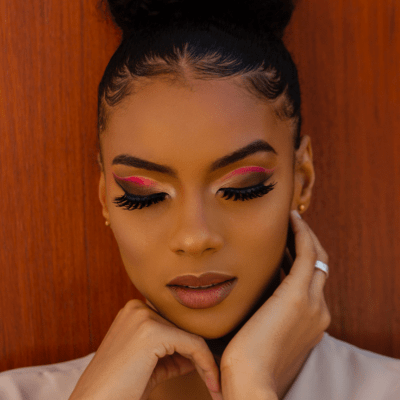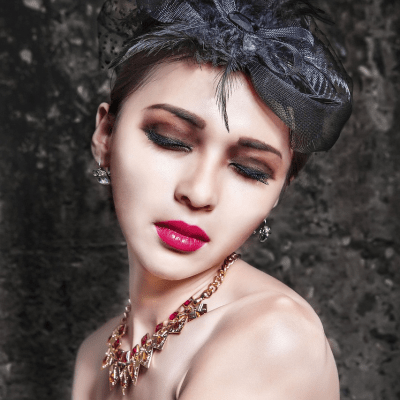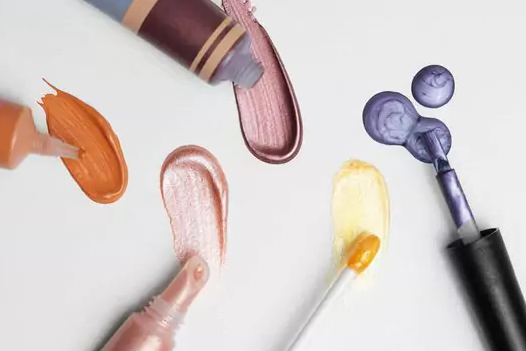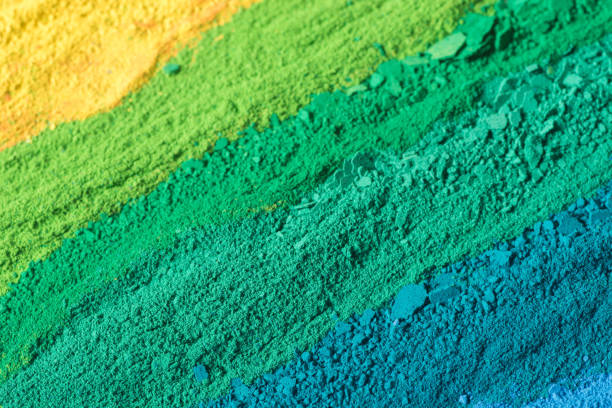How Are Cosmetics Colored?
Published on October 08, 2024 by Yidan Zhong
From vibrant lipsticks to subtle blushes and bold eyeshadows, the color of cosmetics plays a vital role in enhancing beauty and creativity. But have you ever wondered how cosmetics get their color? The process behind coloring beauty products is both fascinating and highly regulated to ensure safety and effectiveness. In this blog, we’ll explore how cosmetics are colored, the types of colorants used, and why they are important.
Types of Cosmetic Colorants
Cosmetics can be colored using various types of pigments and dyes, each carefully chosen based on their properties, purpose, and safety. Let’s break down the main types of colorants used in the industry:
Natural Colorants
As the demand for clean and natural beauty products has grown, many brands have turned to natural colorants. These are derived from plants, minerals, and other natural sources, making them a popular choice for consumers seeking clean beauty. Common natural colorants include:
-Beetroot extract for red or pink hues
-Turmeric for yellow tones
-Mica (a mineral) for shimmering effects
– Charcoal for black pigments
These natural ingredients are prized for being eco-friendly and less likely to irritate the skin, although they often have more subtle color payoff compared to synthetic alternatives.
Synthetic Dyes
Synthetic dyes are man-made and often derived from petroleum. They are used to create vibrant, long-lasting colors, especially in products like lipsticks, eyeshadows, and nail polishes. Synthetic dyes are more stable and offer a broader range of colors than natural options. These include FD&C colors (certified by the FDA for use in food, drugs, and cosmetics), such as
Red No. 40 or Blue No. 1.
However, because synthetic dyes are chemically produced, some consumers prefer to avoid them, favoring natural colorants. Nevertheless, synthetic dyes are carefully regulated to ensure they are safe for cosmetic use.
Mineral Pigments
Mineral pigments are another popular choice in cosmetics, especially in foundations, eyeshadows, and blushes. These pigments come from natural minerals like iron oxides (which provide red, brown, and yellow tones) and titanium dioxide (used as a white pigment and sunscreen agent).
Mineral pigments are valued for their opacity and ability to provide good coverage. They are also known for being gentle on the skin, making them a great option for sensitive skin types.
Lakes
Lakes are a type of pigment formed by combining a dye with an insoluble substance, usually a mineral base like aluminum or calcium. This makes the color more stable and prevents it from dissolving in water, which is ideal for products like pressed powders and lipsticks. Lakes are highly pigmented and offer rich, vibrant colors that last longer than many water-soluble dyes.
How Are Colorants Used in Cosmetic Formulations?
Once the colorant is selected, it’s time for formulation. The colorant must be mixed into the cosmetic base—whether it’s a cream, powder, gel, or liquid—to achieve the desired shade and effect. The process varies depending on the product:
Lipsticks and eyeshadows: Pigments are blended into a base of oils, waxes, and emollients. For lipsticks, heating the mixture is crucial to achieve smooth consistency before being molded.
Nail polish: Pigments are dispersed in solvents and other ingredients to create a uniform, smooth finish that applies easily and dries quickly.
Foundations: Colorants, especially mineral pigments, are dispersed in creams or powders to create a natural look that blends seamlessly into the skin.
A critical factor in cosmetic formulation is stability. The color must remain consistent over time and resist fading, smudging, or separating. This is why testing for color stability under various conditions (heat, light, air exposure) is essential to ensure the product’s longevity.
Why Color in Cosmetics is Important
Color plays a key role in the emotional connection between consumers and beauty products. The right shade can evoke moods, boost confidence, or make a bold statement. From soft, natural tones to bright, daring colors, the possibilities are endless in the world of cosmetic color.
For brands, offering a diverse range of shades is crucial for inclusivity. Skin tones vary widely, and brands that cater to a broader spectrum of complexions are more likely to resonate with consumers. Additionally, colors can be used to evoke seasonal trends, making it important for brands to stay on top of color preferences.
The Safety of Cosmetic Colorants
Colorants used in cosmetics must pass rigorous safety testing before they hit the market. Regulatory bodies like the FDA (in the United States) and EU Cosmetics Regulation (in Europe) have strict guidelines to ensure that only approved, non-toxic, and skin-safe colorants are used. This includes testing for potential allergens, irritants, and contaminants.
Natural or synthetic, all colorants must meet these safety standards to ensure they are safe for daily use, whether on the lips, eyes, skin, or nails.
At Topfeel Beauty, we pride ourselves on using high-quality, safe, and ethically sourced colorants to create cosmetics that not only look stunning but are also kind to your skin. Discover our wide range of colorful beauty products today and find your perfect shade!







